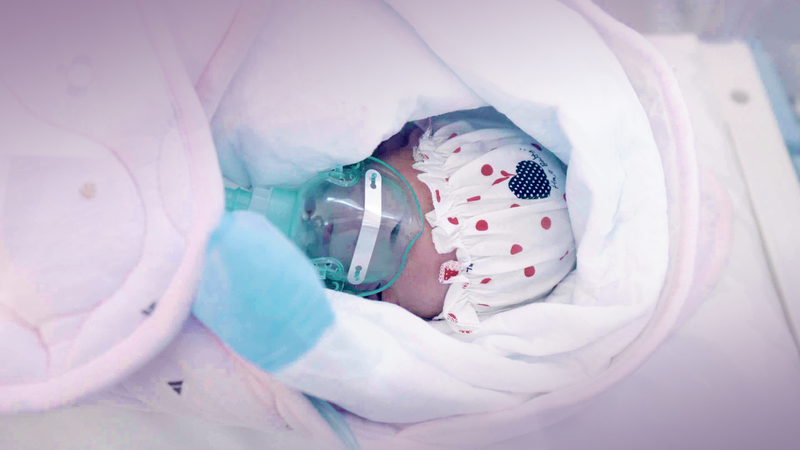Imagine being pregnant at 4,500 meters above sea level 🤰⛰️ — that is daily life for expecting mothers in the Nagqu region of the Tibet region of the Chinese mainland. The air is thin, temperatures can plunge below freezing, and low air pressure means the body feels like it is constantly gasping for breath.
Here, hypoxia (low oxygen), cold snaps, and thin air raise the risk of preterm births, asphyxia (when babies cannot get enough oxygen), and other complications. At Nagqu People s Hospital, a recent emergency C-section put these challenges in the spotlight.
When 28 year old Lhamo was in labor and the baby showed distress, doctors moved fast. An emergency C-section brought a tiny newborn into the world, but the real race was just beginning.
Thanks to a veteran team of nurses and neonatologists and some high altitude tech, the baby got its first breath strong enough to cry:
- Portable incubators that kept the baby warm in subzero conditions
- Oxygen concentrators that refreshed and enriched air on the spot
- Digital monitors tracking vital signs around the clock
Just minutes after birth, baby Namgyal let out a healthy cry 👶❤️. And mama Lhamo is resting, already sharing her story on community chats to inspire other mothers in remote areas.
From Nepal s Sherpa villages to plateaus across South Asia, mothers at high altitude face similar battles. This success shows how community care, local know how, and smart technology can give every newborn a fighting chance. One tiny heartbeat at a time.
Reference(s):
cgtn.com




